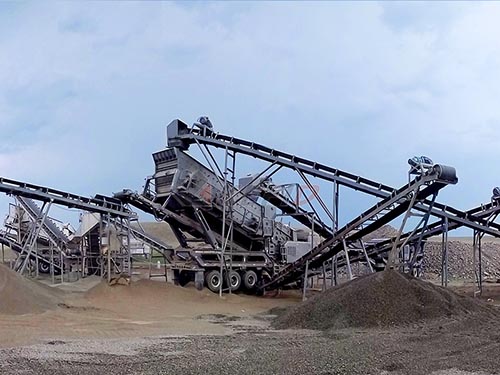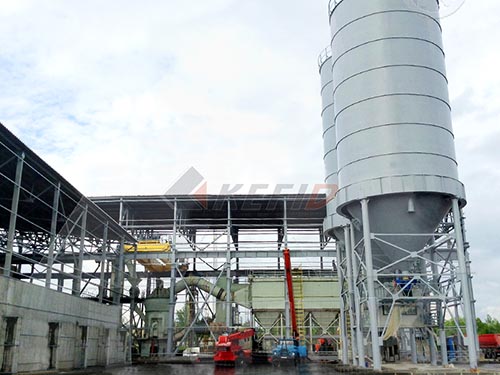The Relentless Grit: How Rock Crushers Forged America’s Backbone
Before the thunder of dynamite and the groan of heavy machinery became commonplace, reshaping the American landscape was a task defined by sheer muscle and backbreaking persistence. Moving mountains, quite literally for railroads and roads, demanded breaking rock into manageable pieces – a process revolutionized by a seemingly simple yet profoundly impactful invention: the rock crusher. While no single machine bears the specific title “Grant’s Rock Crusher,” these relentless machines were undeniably instrumental in building the infrastructure championed during eras like President Ulysses S. Grant’s administration and beyond.
From Muscle to Machine: Ending an Era of Tedium
Imagine constructing a transcontinental railroad or paving durable roads across vast territories before mechanization. Breaking large boulders into usable gravel or ballast involved teams of laborers wielding sledges and hammers – slow, dangerous, and incredibly inefficient work that bottlenecked ambitious projects.
The advent of practical mechanical rock crushers in the mid-to-late 19th century changed everything fundamentally. Early designs were often massive contraptions powered by steam engines:
1. Jaw Crushers: Mimicking chewing action, these featured one fixed plate and one moving plate that crushed rock trapped between them.
2. Gyratory Crushers: Utilizing a central spindle within an inverted cone-shaped casing, these offered high capacity for primary crushing.

3. Roll Crushers: Employing counter-rotating cylinders to crush rock fed between them.
These machines didn’t just break rock; they shattered constraints on progress.
The Engine of Manifest Destiny

The impact was immediate and profound:
Railroads Accelerated: Crushed stone ballast provided a stable foundation essential for safe, high-speed rail travel. Without efficient crushers producing vast quantities of ballast quickly, laying track across rugged terrain would have been exponentially slower and more expensive.
Roads Transformed: Dirt paths became macadamized roads using layers of crushed stone bound together – vastly improving travel times for people and goods year-round.
Construction Revolutionized: Concrete production relied on consistent aggregate sizes produced by crushers for foundations, bridges (like those crucial during westward expansion), dams (including early hydroelectric projects), and burgeoning city buildings.
Mining Efficiency: Beyond construction, crushers became vital in mineral processing within mines themselves.
Symbolism Beyond Mechanics
While not directly attributed to President Grant himself (who oversaw significant post-Civil War reconstruction

Leave a Reply